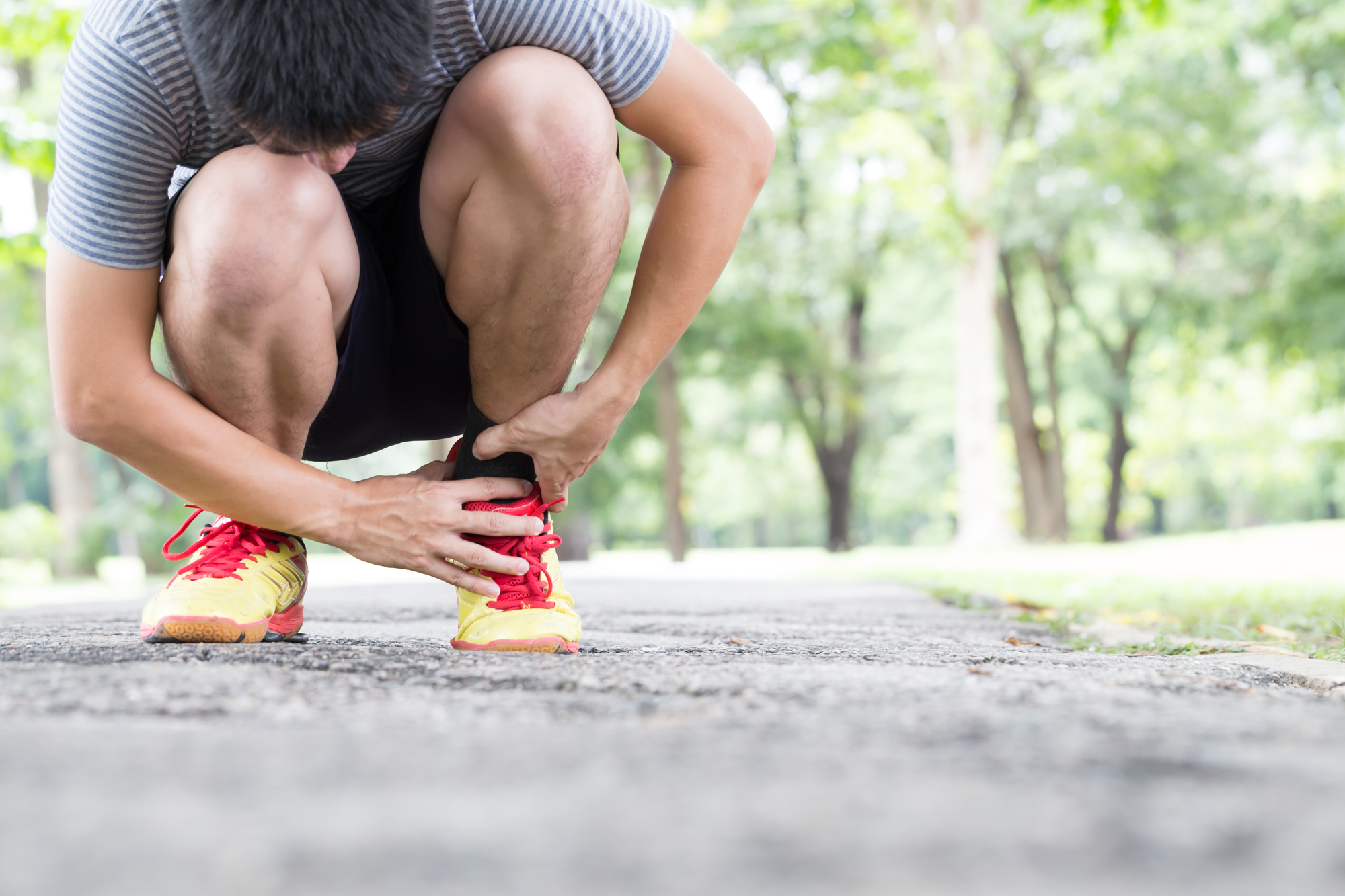Your Achilles tendon is the tendon that connects the back of your leg to your heel. You use your Achilles to run, walk, and jump. Injuries can happen to your Achilles tendon. The most common one is Achilles tendonitis. This is when the tendon becomes inflamed and painful. Achilles tendinosis occurs when the tendon starts to break down due to unresolved tendonitis. An Achilles tendon rupture is when there is a tear or break in the tendon.
Causes
Achilles tendonitis can be caused by overuse. The tendon becomes irritated or inflamed. It can affect anyone of any age. It is most common in walkers, runners, or athletes that play sports with sudden stops and starts such as tennis or basketball. It can also occur if you stand a lot at your job. Wearing wrong footwear while standing or exercising, or wearing high heels a lot can also cause Achilles tendonitis. Other causes are tight or weak calf muscles, bone spurs, or flat arches. In older or middle aged people tendonitis is more commonly caused by arthritis.
Types
There are two types of Achilles tendonitis. Noninsertional Achilles tendonitis is more common in young people. It is when there are small tears in the fibers of the middle portion of the tendon. Insertional Achilles tendonitis is when the lower portion of the tendon that attaches to the heel bone is affected. This can affect anyone, even people who are inactive.
Symptoms
Symptoms can range in severity. Pain and swelling of the backside of the heel are usually the first indicators. Your range of motion can be affected. Tight calf muscles can occur as well. You may have pain that worsens throughout the day or worsens with activity. Stiffness and soreness can be constant. You may experience difficulty standing on your toes. You may experience pain when climbing stairs. Your Achilles tendon may start to thicken as well.
Diagnosis
Diagnosing is usually pretty simple. You can usually diagnose Achilles tendonitis with a physical exam. Your doctor will listen to your symptoms then look for signs of an Achilles rupture or a bone spur. In rare cases your doctor may want to do some sort of imaging to check your severity. Imaging tests could be an MRI, ultrasound, or x-ray.
Treatment
The longer you have lived with pain the longer and harder it will take to treat. It can take months to heal and have pain go away. There are a variety of different treatment options that can range from home remedies, to injections, or in some cases even surgery.
Common treatments are usually done for at least 6 months. In some cases treatment won’t take that long to stop your pain. One of the most common home remedies you can do is the RICE technique. That is rest, ice, compression, elevation. Don’t overwork your Achilles tendon. Ice the tendon for 20 minutes a few times a day. Compression with a brace or ace bandage. Elevate above the level of your heart. This is best to do right after you start feeling pain to have the best results.
You can take over the counter anti-inflammatory medication to help with pain and swelling of the area. Reducing your physical activity can also help alleviate pain, as well as help pain get better quicker. Switch to low impact exercises such as swimming. Stretching and strengthening your calf muscles. Physical therapy can also help strengthen the tendon and give you exercises you can do at home. Icing your tendon when painful. Wearing a brace or walking boot to help stabilize your foot can also help rest your tendon so it has time to heal and not be overused. A special shoe with a built up heel. It is important to not walk barefoot. Steroid injections can be done in the Achilles tendon to help relieve pain as well if other home remedies aren’t relieving pain.
If after 6 months of other treatment options your pain is no better your doctor may suggest one of the following surgical procedures. One of the surgical options is a Gastrocnemius recession, this procedure lengthens the calf muscles. A debridement and repair will be done to help remove a damaged part of the Achilles tendon and stitch back together the healthy parts of the tendon. After surgery you may have to wear a cast or a boot for a few weeks. A debridement with tendon transfer is done when there is not enough healthy Achilles tendon left. Your doctor will take the tendon that helps point your big toe down and put that where your Achilles tendon should be. You will be able to move your toe, walk, and even run after this surgery. Your doctor may advise you to not play sports competitively. Another surgical option is the Hydrocision TenJet, which uses high powered saline to break up scar tissue in the tendon.
Depending on how long your tendonitis has been present will cause your treatment time to vary. Most people heal completely from tendonitis with rest and few other remedies. Learning to strengthen your calf muscles and to stretch before exercising can help lower the risk of causing a recurring injury to your Achilles tendon. Other injuries can come from not treating your tendonitis, so if you are having pain it is important to speak with your doctor.
If you are having heel or ankle pain talk to your doctor. It could be Achilles Tendonitis! #HealthSurgeon
Sources:
https://www.pennmedicine.org/for-patients-and-visitors/patient-information/conditions-treated-a-to-z/achilles-tendonitis#:~:text=What%20Is%20Achilles%20Tendonitis%3F,go%20up%20on%20the%20toes.
https://my.clevelandclinic.org/health/diseases/21553-achilles-tendinitis
https://www.mayoclinic.org/diseases-conditions/achilles-tendinitis/symptoms-causes/syc-20369020
https://www.healthline.com/health/achilles-tendinitis#treatment
https://wellself.com/healthy-feet-foot-care-determining-shoe-size/









